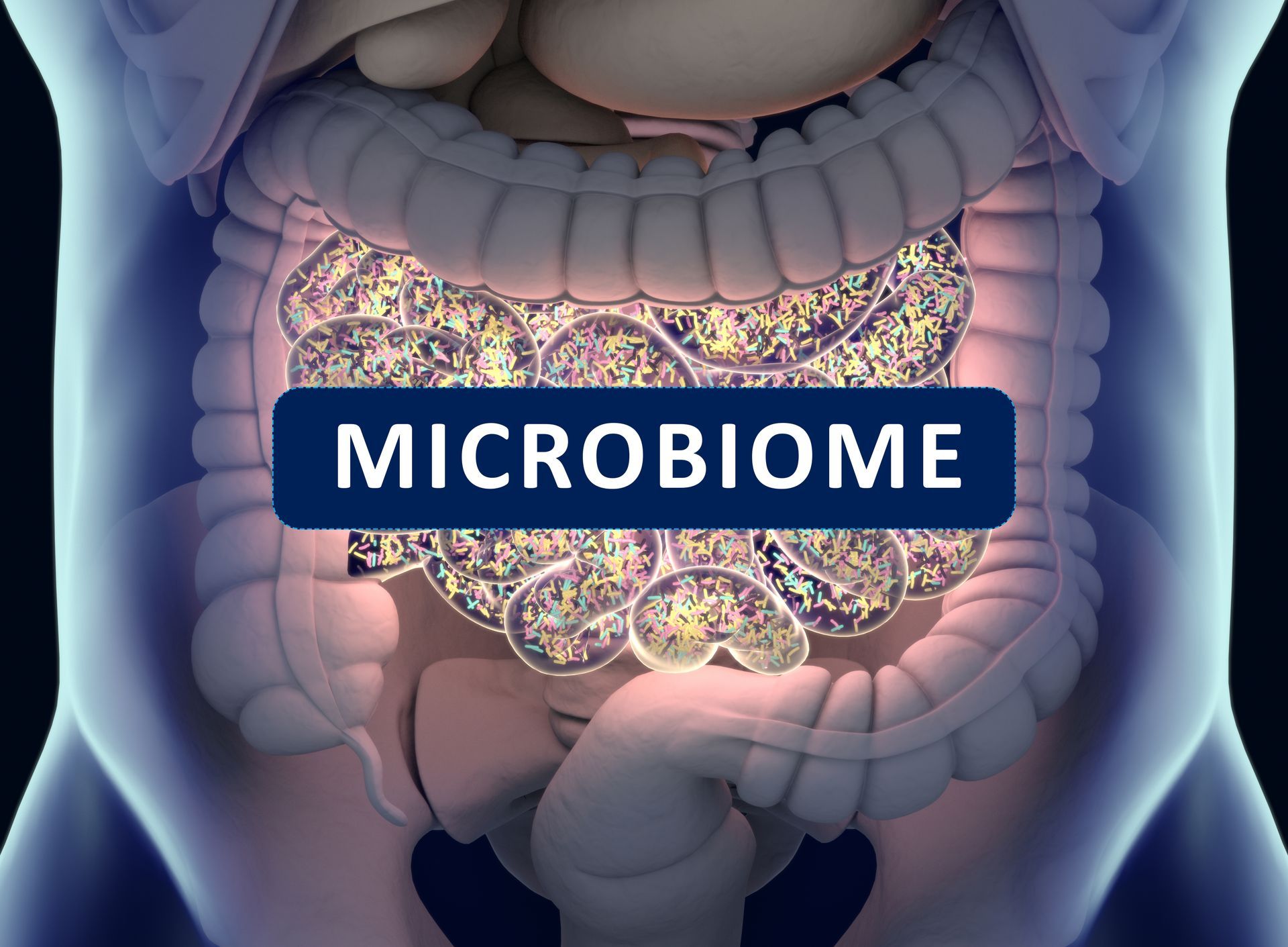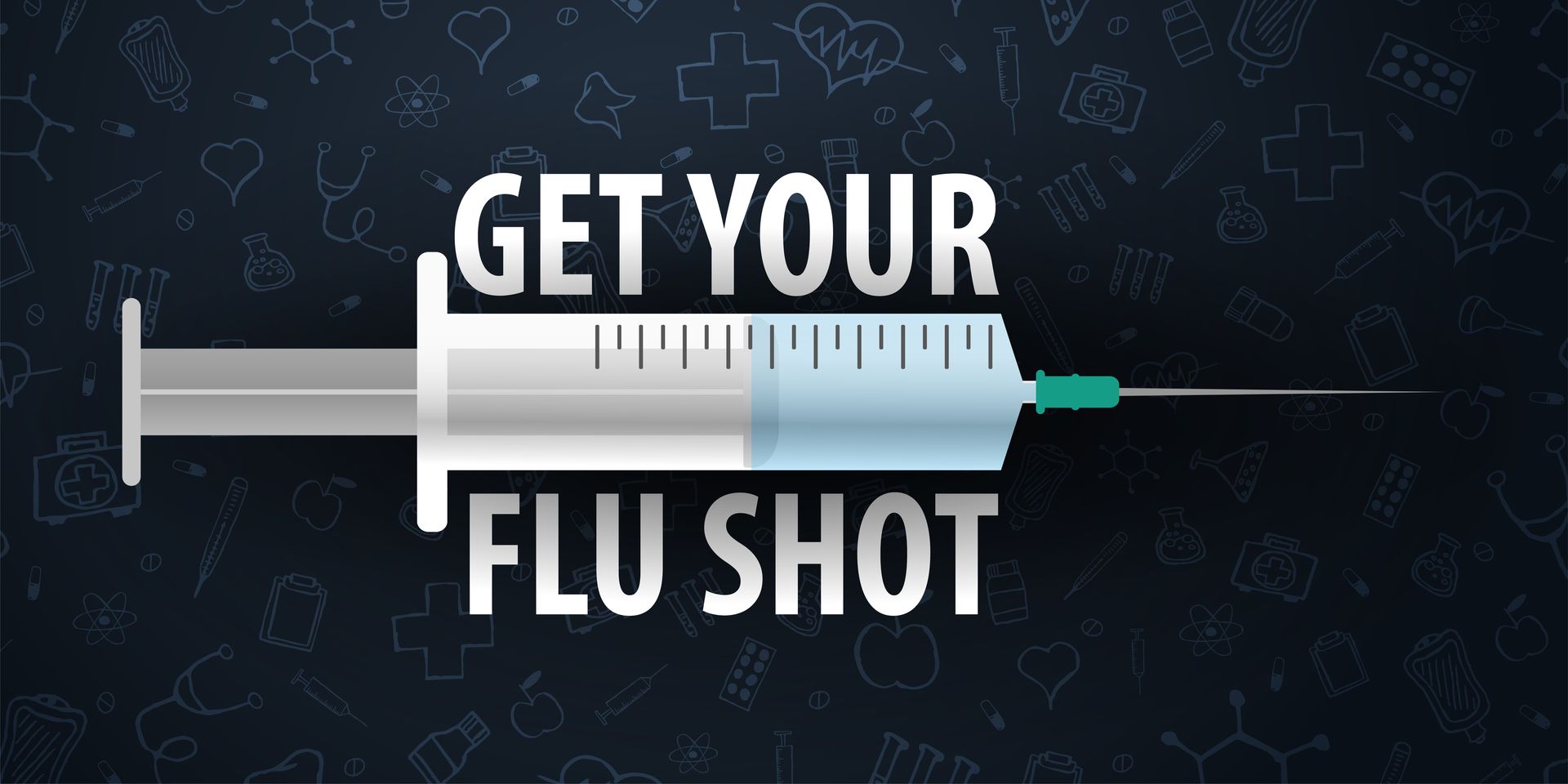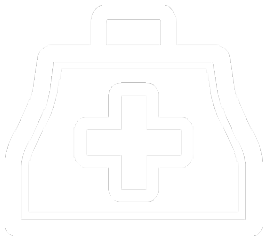By Samia Albenberg
•
December 8, 2025
Every day, trillions of microscopic allies are working quietly inside you. They digest your food, train your immune system, balance your hormones, and even influence how you think and feel. They are your microbiome — the bustling ecosystem of bacteria, fungi, and other organisms that call your body home. Meanwhile, your metabolism —the way your body converts food into energy—determines whether you burn bright or burn out. Together, these two forces act like the twin engines of your health span. When they run smoothly, you thrive. When they falter, you age faster than the calendar says. At Access Healthcare , we’re harnessing advanced metabolic and microbiome testing to understand these inner systems at a depth never before possible. Because when you can measure what’s happening within, you can master how you age. Your Inner Chemistry: More Than Calories and Carbs Most people think metabolism is simply about weight — fast or slow, gain or loss. But your metabolism is really the body’s energy economy: a complex network of chemical reactions converting nutrients into fuel for every cell. It governs mood, sleep, immunity, inflammation, and longevity itself. A sluggish or “out-of-tune” metabolism doesn’t just make it harder to stay fit — it silently affects how every organ performs. Chronic fatigue, brain fog, hormone imbalances, and even accelerated aging can all stem from metabolic disruption. Comprehensive metabolic panels reveal much more than the basic glucose or cholesterol numbers you get in a standard physical. They measure hundreds of data points — from insulin sensitivity and mitochondrial efficiency to nutrient utilization and inflammatory markers — painting a detailed picture of how your engine is running. The Microbiome: Your Other Genetic Code Now imagine a second genetic identity — one made not of your own DNA, but of the microbes living inside you. Your gut houses over 100 trillion organisms carrying more genetic material than your entire human genome. Collectively, they shape digestion, metabolism, immunity, and even the way your brain processes emotion. Research now links microbiome diversity to everything from obesity and depression to autoimmune disease and cognitive decline. The gut truly is your “second brain,” producing neurotransmitters such as serotonin and dopamine that influence mood and motivation. When the microbiome is balanced, it supports energy, clarity, and resilience. When it’s disrupted — through stress, poor diet, antibiotics, or lack of sleep — harmful bacteria can dominate, triggering inflammation that accelerates biological aging. Why Inflammation Is the Real Villain Inflammation is your body’s emergency alarm system — great for short-term healing, disastrous when it never shuts off. Chronic low-grade inflammation (“inflammaging”) erodes tissue, damages DNA, and speeds up cellular decline. Your metabolism and microbiome are the gatekeepers of that system. A balanced gut keeps inflammatory chemicals in check. A healthy metabolism processes fuel cleanly, preventing excess oxidative stress. When both are optimized, your body repairs faster, your immune defenses strengthen, and the aging process slows at the cellular level. What Testing Reveals Modern technology now allows us to map this inner world in exquisite detail. Comprehensive metabolic panels analyze glucose control, lipid ratios, hormone balance, liver detox pathways, and mitochondrial function. Microbiome mapping identifies bacterial species and diversity, checks for overgrowth or deficiencies, and uncovers how your gut microbes metabolize fiber, fat, and protein. At Access Healthcare, these insights aren’t academic — they form the blueprint for your personalized longevity plan. We translate complex data into actionable strategies: precise nutrition, targeted supplementation, and lifestyle recommendations designed to restore equilibrium and vitality. Everyday Clues Your Inner Ecosystem Is Off Even without testing, your body sends messages about what’s happening inside. Possible signs of imbalance include: Mid-day fatigue or “crash” after meals Brain fog or mood swings Bloating or digestive discomfort Sugar or carb cravings that won’t quit Trouble losing weight despite effort Frequent colds, allergies, or skin flare-ups Each of these can be traced back to metabolic or microbiome stress — your body’s way of asking for recalibration. And the good news? When you respond with the right adjustments, the results can be felt quickly — clearer focus, steadier energy, better sleep, and a genuine sense of vitality. Rebuilding from the Inside Out So how do you nourish these invisible powerhouses? Start with daily choices that support metabolic efficiency and microbial diversity. Eat for your microbes. Fill your plate with colorful plants, fermented foods (like kefir, kimchi, and sauerkraut), and fiber-rich grains that feed beneficial bacteria. Balance blood sugar. Pair carbohydrates with protein or healthy fat, and avoid constant snacking to give insulin a rest. Prioritize sleep. Even one night of poor sleep alters glucose metabolism and microbiome composition. Move daily. Exercise increases microbial diversity and enhances mitochondrial performance. Manage stress. Chronic stress floods your body with cortisol, which disrupts both metabolism and gut flora. Use smart supplementation. Probiotics, prebiotics, and specific nutrients like magnesium and omega-3s can reinforce balance — when guided by data, not guesswork. A Tale of Two Patients Consider Rachel, 43, an entrepreneur who couldn’t shake fatigue or weight gain despite “clean eating.” Her metabolic testing revealed insulin resistance and low thyroid conversion; microbiome mapping showed reduced diversity and high inflammatory bacteria. A customized plan — intermittent fasting, probiotic therapy, and targeted micronutrients — lowered her biological age by three years in just eight months. Then Daniel, 58, a cyclist with sudden digestive issues and energy dips. Testing uncovered a microbial imbalance from years of antibiotic use and overtraining. Restoring gut balance with tailored nutrition and recovery protocols brought back his stamina and focus — proving that longevity isn’t about doing more, but doing smarter. Your Personal Roadmap to Longevity The deeper we look, the clearer the message becomes: aging begins in the gut and the metabolism. When you fine-tune these inner systems, every part of life improves — energy, mood, immunity, even the glow of your skin. Through our Executive Membership Program , Access Healthcare offers exclusive access to advanced metabolic and microbiome testing — tools that allow us to measure, map, and master your internal balance. With these insights, we design precision-based strategies to slow biological aging and enhance long-term vitality. The Takeaway You don’t have to guess what your body needs. The data is already inside you — written in molecules and microbes, waiting to be read. Understanding your metabolism and microbiome is like upgrading from black-and-white to full color: suddenly, everything about your health makes sense. And once you see that clearly, you can live younger, stronger, and longer — from the inside out.







